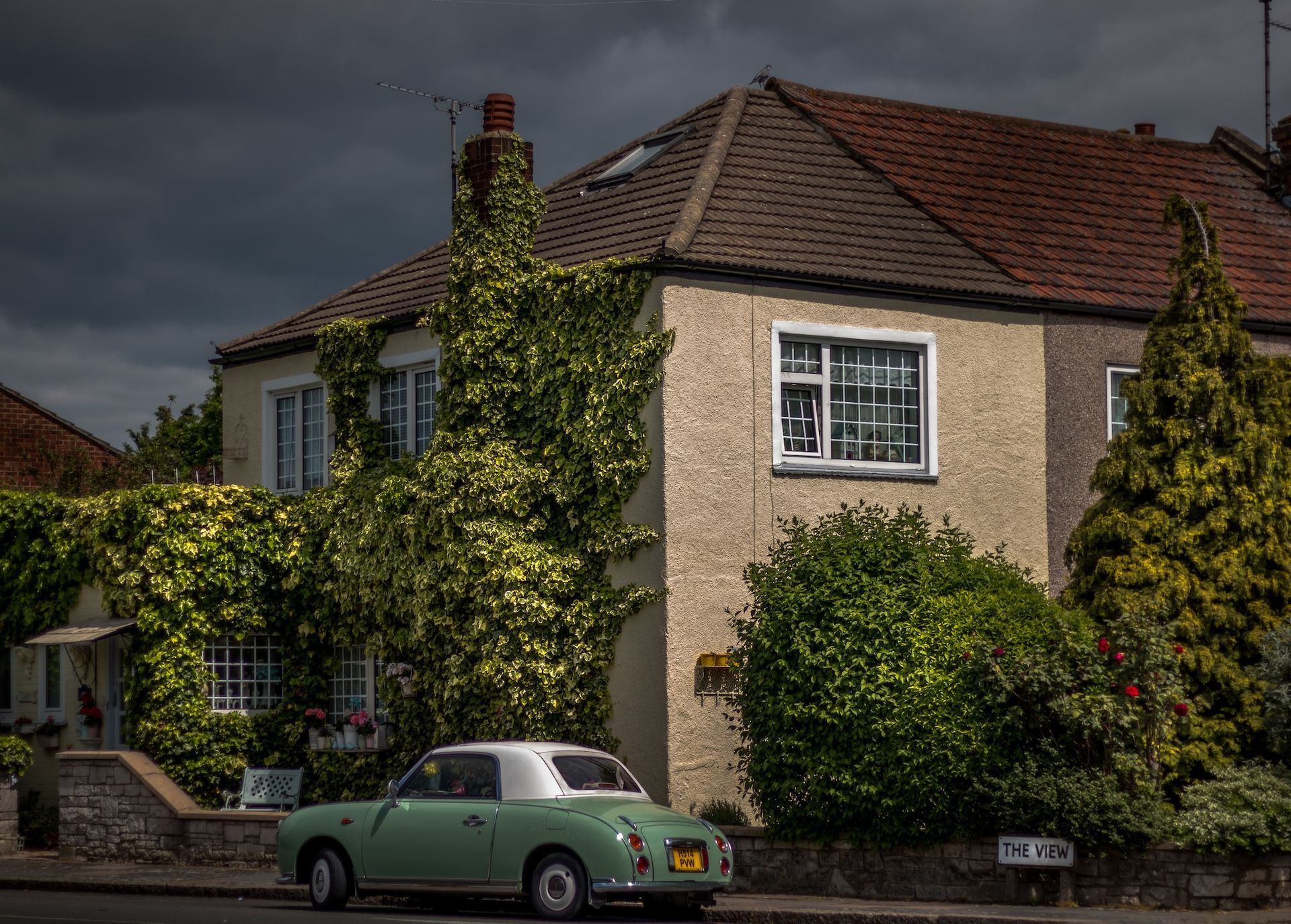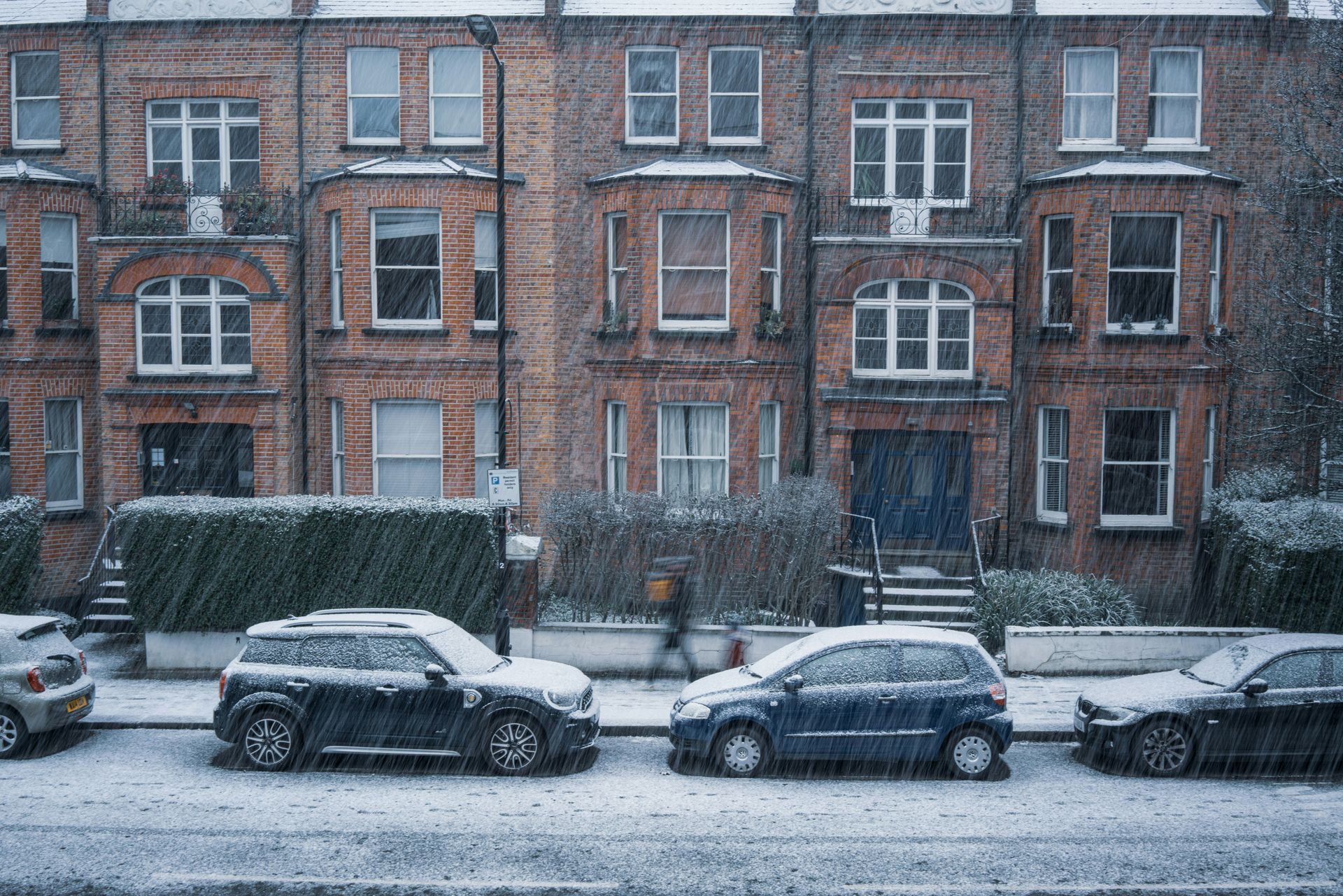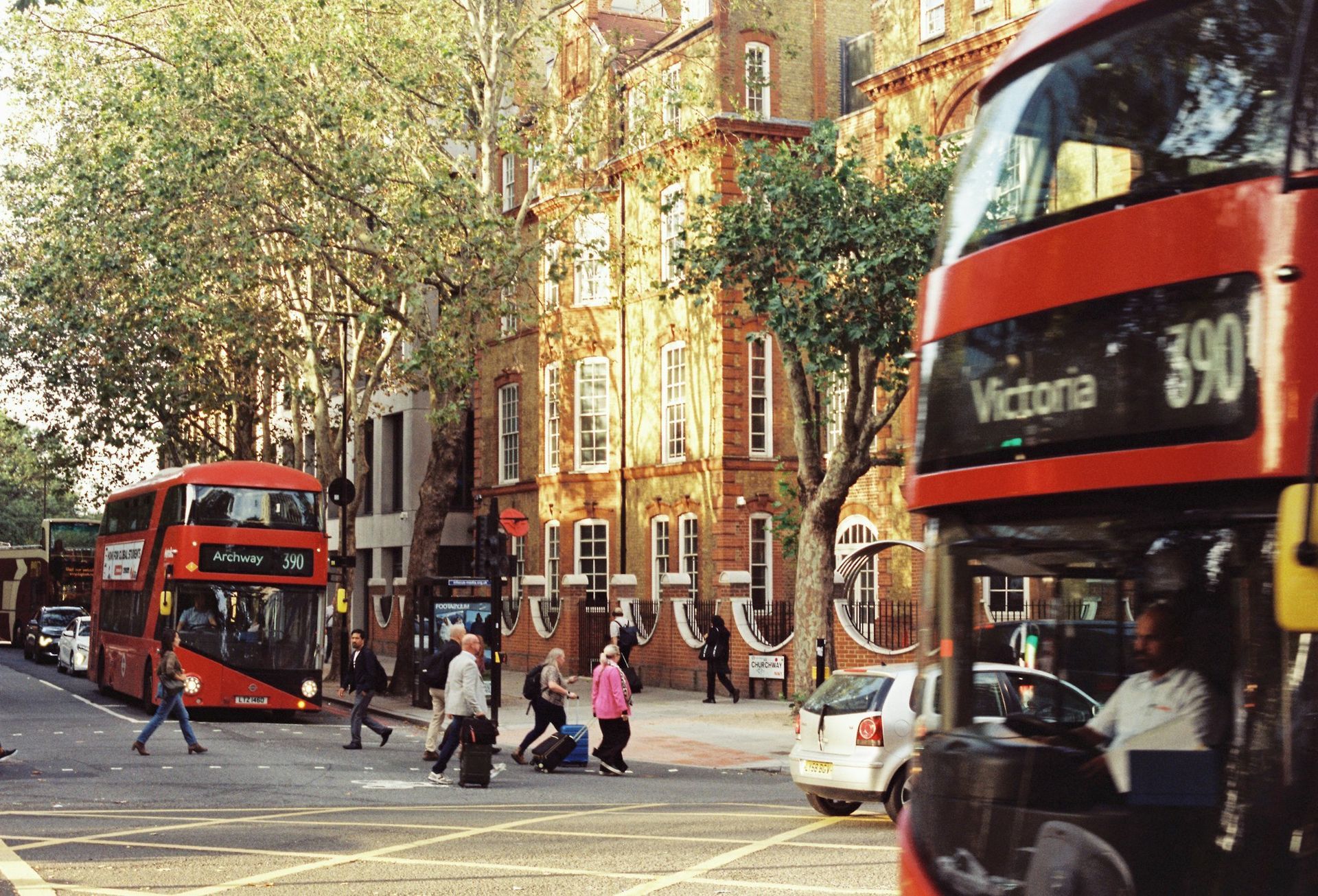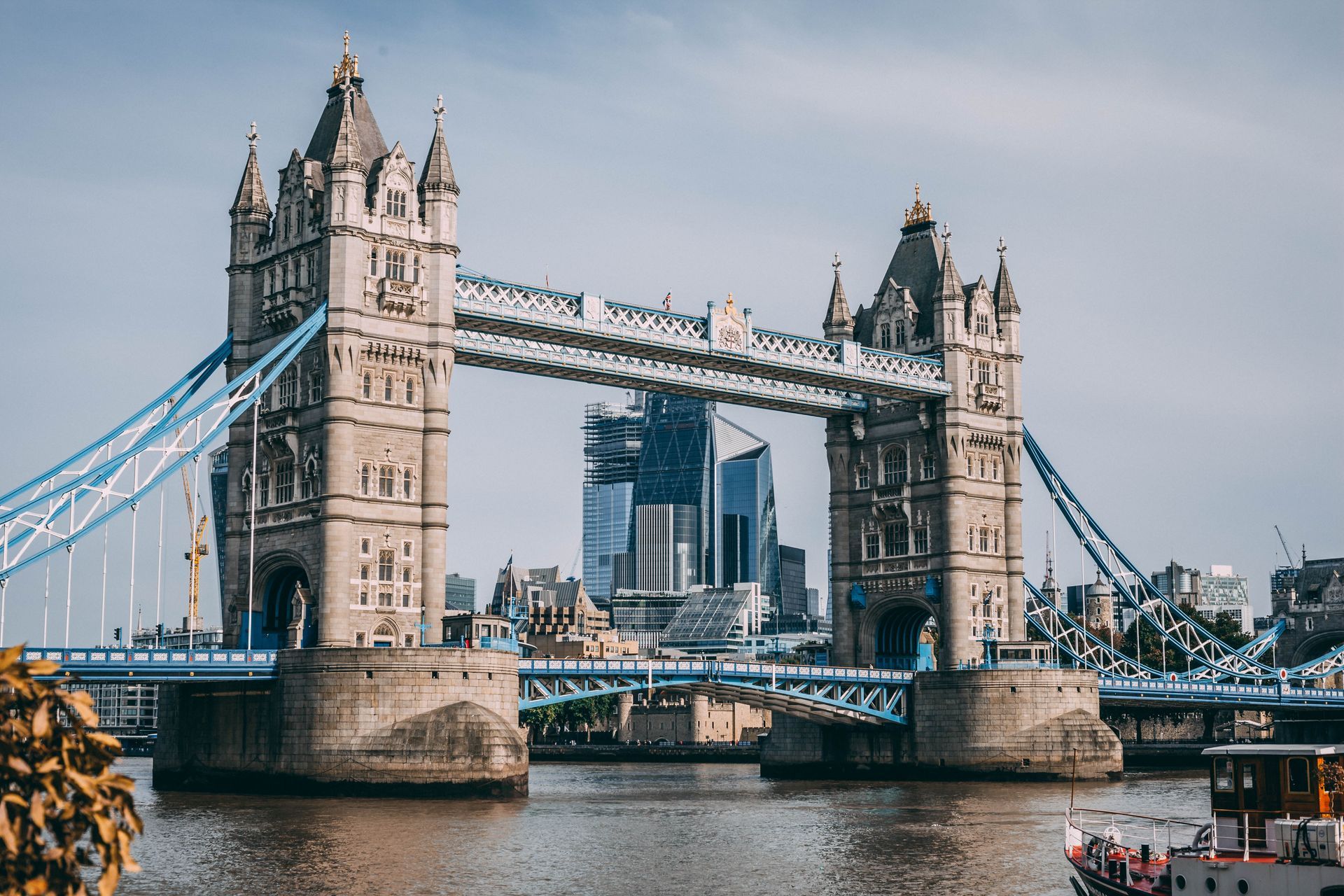Party Wall Maintenance: Tips for Keeping Your Property in Compliance
When you share a wall with your neighbour, as is the case in terraced or semi-detached homes, you also share a responsibility: maintaining the party wall. A party wall is the dividing wall between two properties that is jointly owned and maintained. Though often overlooked, the upkeep and legal compliance of a party wall are vital to prevent disputes, ensure safety, and preserve the structural integrity of both properties.
This blog provides a comprehensive guide on party wall maintenance, helping you stay compliant with the Party Wall etc. Act 1996, while avoiding conflicts and costly repairs.
Understanding the Party Wall
A party wall typically refers to the following:
- A wall standing on the land of two or more owners, used by them to separate their buildings.
- A wall that stands wholly on one owner’s land but is used by two or more owners to separate their buildings.
- A boundary wall (not part of a building) also falls under party structure agreements if jointly used.
While the Party Wall etc. Act 1996 governs alterations, construction, or excavation work affecting such walls, general maintenance isn’t directly legislated. However, responsible upkeep is key to ensuring that the wall remains safe and prevents future legal and structural complications.
Why Party Wall Maintenance Matters
Proper party wall maintenance ensures:
- Structural stability: Walls can develop cracks or bulges, risking safety.
- Prevention of dampness: Cracks or damaged plaster can lead to water ingress.
- Neighbourly relations: Neglect can trigger disputes or legal claims.
- Property value: A deteriorating party wall affects resale value and surveyor reports.
Neglecting maintenance doesn’t just affect your property, it impacts your neighbour’s as well, potentially making you liable for damage costs.
Key Tips for Maintaining Your Party Wall
1. Conduct Regular Inspections
Carry out visual inspections every 6 to 12 months. Look out for:
- Cracks or separation lines in plaster or bricks
- Signs of damp or mould
- Bulging or bowing of the wall
- Peeling paint or plaster
- Insect or pest infestation
Use a torch or inspection camera for hard-to-reach areas like lofts or basements.
2. Communicate with Your Neighbour
Before undertaking any repairs or inspections that might affect shared walls, speak to your neighbour. This ensures transparency and avoids misunderstandings. If repairs are urgent (e.g., severe damp or structural crack), inform them immediately and document everything.
3. Hire a Party Wall Surveyor (if needed)
If maintenance involves substantial work or your neighbour disagrees, consider hiring a Party Wall Surveyor. Their expertise helps mediate, draft proper notices (if the work falls under the Act), and assess damage liability.
4. Check for Damp and Water Penetration
Damp is one of the most common issues in party walls. Moisture can creep in through cracks, poor drainage, or inadequate insulation. Use damp-proofing measures like:
- Repainting with water-resistant emulsions
- Installing DPC (damp-proof courses)
- Repairing leaking roofs, gutters or flashing
5. Address Structural Cracks Immediately
Hairline cracks may be cosmetic, but deeper or spreading ones can indicate subsidence or structural stress. Consult a structural engineer or surveyor for assessment. Delaying repairs can turn minor issues into costly, large-scale damage.
6. Keep the Wall Free from Vegetation
Climbers like ivy or moss may look picturesque but can trap moisture, degrade mortar, and dislodge bricks. Regularly prune back vegetation or remove growths from the surface of party walls.
7. Apply Repointing Where Needed
Mortar joints in brick party walls may erode over time due to weathering. Repointing the process of renewing the outer layer of mortar prevents water ingress and enhances wall stability. This task is best handled by professionals for consistency and compliance.
8. Insulate and Soundproof Responsibly
Many homeowners add insulation or soundproofing on their side of the party wall. While this generally doesn’t fall under the Party Wall Act, any drilling, hammering, or alteration of the wall should be done carefully to avoid disturbing the structure. Avoid placing heavy loads directly against older walls.
9. Document All Maintenance Work
Keep a log of all repairs, maintenance, or structural modifications you perform on your side of the wall. Include:
- Dates of work
- Photographs before/after
- Contractor or surveyor invoices
- Communications with neighbours
Documentation helps resolve any future disagreements or claims and shows due diligence.
10. Understand When the Party Wall Act Applies
General maintenance does not usually fall under the Party Wall etc. Act 1996. However, if your maintenance involves:
- Cutting into the party wall
- Demolishing and rebuilding parts of the wall
- Raising or lowering the height of the wall
- Excavation within 3-6 metres of your neighbour’s property
then formal notice must be served and agreements reached via surveyors.
What If Your Neighbour Neglects Their Side?
If you notice your neighbour is neglecting their side of the party wall causing damage or endangering your property start with friendly communication. If the issue escalates:
- Request a joint inspection
- Seek mediation via a surveyor
- Consider legal advice if the damage is substantial
Under common law, you may be entitled to ask them to contribute to necessary repairs or, in cases of proven damage, recover costs.
Legal Responsibilities for Maintenance
Unlike alteration work, there is no direct legal obligation under the Party Wall Act to maintain a party wall. However:
- Each party is generally responsible for the part of the wall on their land.
- If both parties benefit from the wall, they are typically expected to share maintenance costs.
- Any agreement regarding maintenance contributions should ideally be written down.
Maintenance Costs: Who Pays?
The cost of maintenance is usually shared if:
- The wall is a true party wall (on both properties’ land)
- Both parties use the wall (e.g., for extensions or loft supports)
If damage originates from one side (e.g., water leakage from your neighbour’s pipes), they may bear full responsibility.
Party wall maintenance might not always be in the spotlight, but it plays a crucial role in the structural soundness of your property, as well as in maintaining good neighbourly relations. By following simple tips such as regular inspection, timely repairs, and open communication, you can avoid costly disputes and stay compliant with legal norms. When in doubt, don’t hesitate to consult with a party wall surveyor to keep things smooth and professional.
A well-maintained party wall isn’t just a shared structure it’s a shared responsibility.
For friendly professional advice, contact us or call now and speak with a specialist Party Wall Surveyor.









